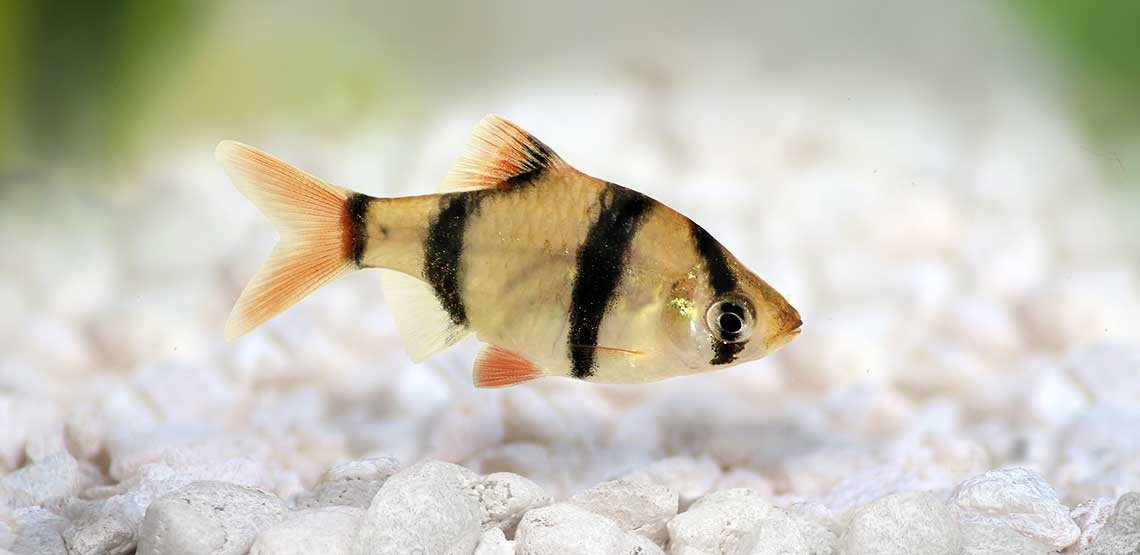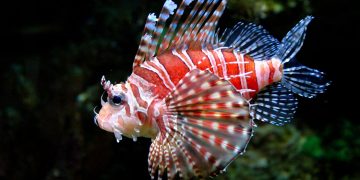Tips for Proper Aquarium Lighting
When planning for your home aquarium, remember to keep in mind the aquarium lighting – it's more important than you may realize at first. It has an impact on fish health, stress levels, coloration, reproductive behavior and more.
Aquarium Lighting Basics
The primary goal of an aquarium lighting system is to replicate the day/night cycle of a natural habitat, which encourages healthier, happier fish. Maintaining this lighting cycle is very important, so use a lighting timer if you will be away from your home for prolonged periods or at key times.
You May Also Like:
Related Search Topics (Ads):
The first step in selecting aquarium lighting is to determine the lighting needs of your tank's inhabitants. Organisms from shaded areas do not need the same intensity or duration of light as those from shallow tropical waters. The color spectrum of light is measured by Kelvin (K) ratings; light fixtures with higher K ratings emit more intense light across more colors. Lamps with lower K ratings are appropriate for freshwater aquariums, while lamps with the highest K ratings meet the deepest reef needs.
It is preferable to limit your lighting search to established brands. These lighting fixtures may be a bit more expensive, but you are paying for additional testing and peace of mind. The aquarium experts at your local pet or fish store are also a great source of lighting tips.
If you have more time than money and are handy, investigate DIY plans to reduce your expenditures on lighting components. The lamps for a homemade lighting system are generally the most expensive part; other materials are easily obtained at a home and garden store. Plans for DIY lighting can be found online.
Aquarium Lamp Selection
There are several choices for aquarium lamp bulbs, and each has its pros and cons:
- Fluorescent lamps are the most common choice for aquarium lights; they come in a variety of colors and are inexpensive to replace. They aren't bright enough for reef tanks, though.
- Compact fluorescent lighting lasts longer, uses less energy and shines brighter than conventional fluorescent lighting. These fixtures are a popular alternative to more expensive fixtures for marine lighting, which requires higher-intensity light.
- Metal halide aquarium lighting provides very intense light, even simulating the glittering effect of the sun's rays shining through the waves. These lights run very hot, so they must be used at a safe distance from the water and with tempered glass.
- Actinic lighting produces extra blue light, which makes these lamps ideal for deeper saltwater aquarium lighting. These fixtures sometimes include a lunar setting to simulate moonlight.
Proper lighting is a crucial part of your aquarium setup, so don't let it be an afterthought. Once you know what type of aquarium you want and what type of fish will inhabit it, research your lighting needs and invest in the proper equipment. Your fish will be more active, more colorful and, most importantly, healthier as a result.

